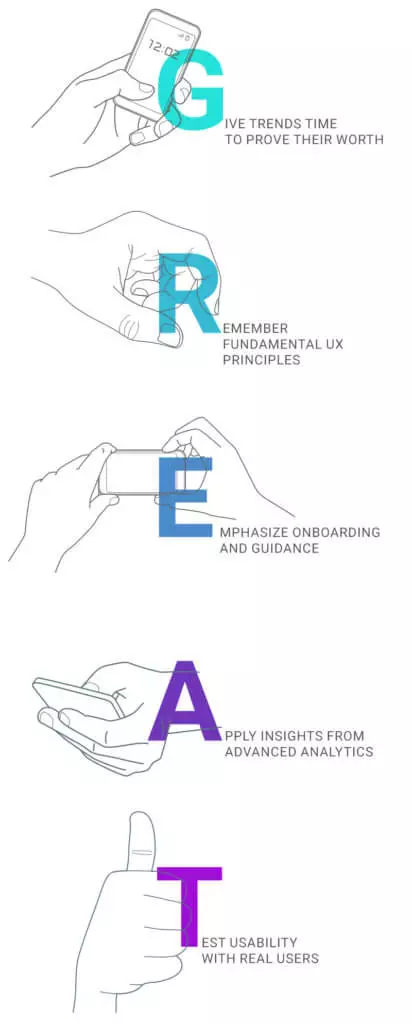The internet is the modern wild west. With a low barrier to entry and little restrictions, anyone can set up shop and mine for gold — from Zuckerberg to Susan, your neighbor who sells cat-shaped oven mitts on her e-commerce store.
For this reason, the websites, platforms and systems we use online all have a distinctly different look and feel. The freedom of the digital world is what makes the work of a UX designer both exciting and challenging. There is so much room for innovation. Yet, at the same time, the designer must stay focused on maintaining usability for the end-user.
People are creatures of habit. If every website features their scroll bar on the right side of the page, changing it could result in mass confusion — even if the change is objectively “more efficient.” A UX designer must always consider not just what the user wants, but also what they know and expect. There is a fine line between improving the design and confusing the user.
The best designers understand that a balance between standardization and innovation is the key to great user experience.
Instantly boost your product’s UX.
1. Give Trends Time to Prove Their Worth
Trends come and go. Notice which ones add value and which ones are nothing more than the digital equivalent of shoulder pads.
Using design trends is a way for designers to capitalize on what users already know. However, not all UX trends are created equal. Just because everyone’s doing it, doesn’t mean you should.
Don’t copy bad design just because it has become standard across the web.
2. Remember the Fundamental UX Principles
UX principles are evergreen. Unlike trends, they are the foundation of great user experience design. Empathizing with your user, for example, will never go out of style.
Human psychology is the basis for many of UX’s basic assumptions — after all, we are designing for people. Taking the time to understand and reflect on how the user thinks and acts will help guide powerful design.
 3. Emphasize Onboarding and Guidance
3. Emphasize Onboarding and Guidance
The more innovative a product is, the more guidance the user will need. There is a learning curve every time you introduce a new feature or a novel layout. It is the designer’s responsibility to show a user the ropes.
Keep this in mind when you opt for a less familiar format.
Let WalkMe take care of onboarding so you can focus on innovating.
4. Apply Insights from Advanced Analytics
Knowing how your users are interacting with your product is essential to understanding and optimizing the success of your product. This is especially true for implementing innovative design patterns.
With so many analytic platforms and even more metrics — ensure you are getting valuable insights by focusing on how rather than who. Heat maps, visual analytics and session recorders give you access to view the user’s actions down to the last click and scroll. Build great UX by paying attention to patterns and intercepting problem areas.
Pinpointing where your user got lost, became frustrated or gave up gives you a huge advantage implementing a solution.
5. Test Usability with Real Users
Usability testing is the best way to get feedback during the design process and ensure your product has great user experience. Conduct sessions in-person, where you can observe body language and ask follow-up questions. Remember, users don’t always understand their own behavior.
Whether you are improving upon tried and true design standards or creating something entirely new — the way humans interact with your product might surprise you. Come with an open mind, and remember there is always room for growth.



 3. Emphasize Onboarding and Guidance
3. Emphasize Onboarding and Guidance